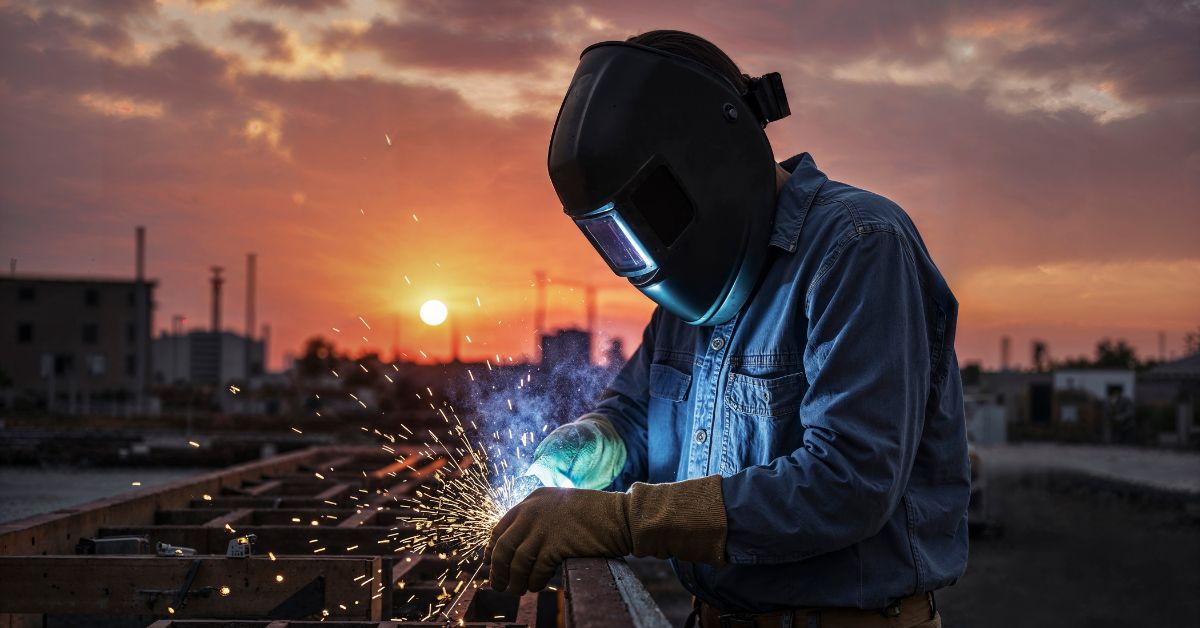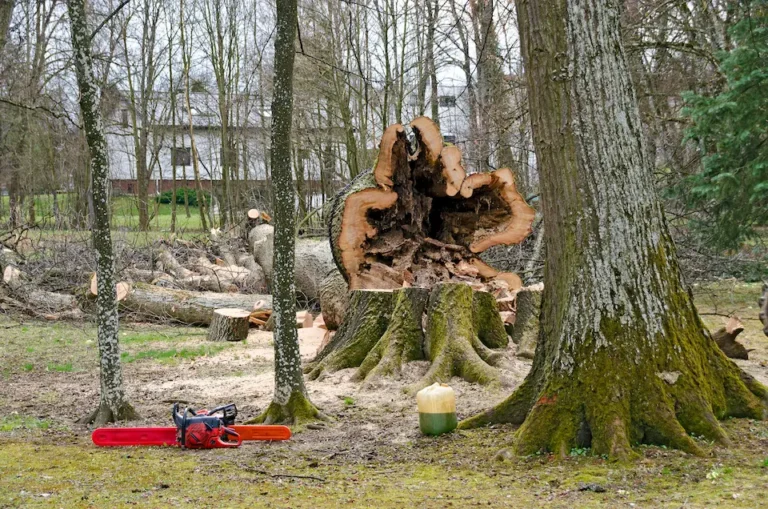Innovative Approaches in Stelliting Services: Future-Proofing Industrial Asset Integrity

What Are Stelliting Services?
Stelliting services are an advanced metallurgical process that creates a fortified barrier on the surface of metal parts, offering a defense against the demanding conditions in industrial settings. This layer, typically built from an alloy rich in cobalt, chromium, and molybdenum, resists corrosion, abrasion, and intense operational temperatures. Plant operators and maintenance leaders rely on stelliting to safeguard mission-critical equipment, such as valve stems, pump sleeves, cutting edges, and turbine blades, where ordinary metal quickly fails.
The art and science of stellite welding lies in fusing these tough alloys onto base materials, creating a composite surface far more robust than the original metal. These are premature failures due to wear and challenges in environments involving caustic media, abrasive slurries, or heating and cooling cycles. For many industries, opting for stelliting rather than frequent replacements markedly reduces costs, keeps operations on schedule, and supports a predictable maintenance workflow. It’s one reason why this process is increasingly considered a cornerstone of proactive asset care.
Industry Demands and Increasing Adoption
Today’s industries face relentless production targets, safety mandates, and budget scrutiny. The quest for greater reliability has driven an uptick in adoption of stelliting, especially in sectors such as power generation, mining, chemical manufacturing, and energy. Here, parts exposed to severe conditions must endure not just hours but often years of non-stop service. Stellited coatings present one of the most reliable defenses available, enabling organizations to keep their infrastructure running longer and with fewer unplanned interruptions.
Research and field studies—such as those covered in advanced wear-resistant alloys—reveal the measurable impact of stelliting. Facilities report dramatic improvements, with some equipment achieving up to three times the longevity of untreated counterparts. The downstream effects include fewer emergency shutdowns, consistent product quality, regulatory compliance, and safer facility operations. Many companies also credit stelliting with supporting their asset management goals, as it enables well-timed interventions and resource optimization.
- Substantial reduction (up to 30%) in unplanned, disruptive maintenance work orders after introducing a stelliting regimen.
- Enhanced ability to meet rigorous plant reliability and sustainability targets.
- Regular stelliting helps avoid the spiraling costs of extensive repairs or catastrophic equipment failures.
Recent Advancements in Stelliting Techniques
Over the past decade, the technological leap in stelliting application cannot be overstated. Gone are the days of relying solely on torch or flame-based techniques. Today, automated laser cladding, plasma transfer arc welding, and precision-controlled robotic overlays have ushered in a new era. These modern approaches produce thin, even, and highly adherent layers that bond flawlessly to the underlying substrate with minimal risk of distortion or unwanted surface defects.
Digital thermal analysis and sophisticated monitoring tools ensure that each job is tailored to the exact tolerances of the component and the unique demands of the application. Engineers can now specify alloy composition, thickness, and placement with far more control, reducing material waste and turnaround times between repairs. Such advancements benefit new manufacturing and enable the rehabilitation of legacy parts, sometimes extending the life of high-value equipment by years.
Benefits of Stelliting for Asset Sustainability
- Exceptional resistance to aggressive wear modes like abrasion, corrosion, and galling prolongs asset service life.
- Reduced frequency of preventive and corrective maintenance means less resource consumption and cost.
- Lower environmental impact, as more equipment is refurbished rather than discarded, reducing landfill waste and raw material demand.
- Supports compliance with industry standards and regulatory bodies by protecting equipment integrity.
Stelliting also fits well with an organization’s sustainability and “green” initiatives. By maximizing the reuse of core components and limiting unnecessary waste, companies can operate more responsibly while keeping their capital expenditures in check. Every hour of extra uptime directly supports a stronger bottom line, and many plant managers see stelliting as an indispensable pillar of their reliability-centered maintenance programs.
Integrating Stelliting Services Into Maintenance Strategies
The next frontier in industrial maintenance is a shift from a reactive to a predictive culture. Leveraging equipment sensors, data analytics, and condition-monitoring software, facility teams can identify when a component is approaching the wear threshold. Stelliting slides seamlessly into this data-driven strategy, allowing coatings to be scheduled “just in time,” minimizing the risk of downtime and unnecessary service expenses.
Practical case studies prove the value: One primary energy provider adopted predictive modeling for key valves and found that—by targeting stelliting precisely where and when needed—annual repair budgets dropped by 25% without sacrificing safety or performance. This scalable approach reinforces the value of investing in regular, customized stelliting and demonstrates its role in prolonging operational readiness.
Challenges in Implementation
Despite the clear benefits, implementing stelliting isn’t always straightforward. Materials must be meticulously matched, procedures validated, and technicians highly trained to ensure every overlay achieves the desired hardness, adhesion, and thickness. Environmental variables within the plant, plus unique part geometries, may demand tailored solutions and robust process controls.
While up-front investments in equipment and labor are sometimes higher, most organizations find that ongoing savings from fewer stoppages, reduced emergency calls, and higher product consistency soon offset these costs. Education, supplier partnerships, and a strong internal quality focus are critical to maximizing results.
Looking Ahead: The Future of Surface Protection
As manufacturing evolves, the protective coatings sector shows no sign of slowing down. Research is accelerating the discovery of new, more innovative surface technologies. Scientists are developing advanced coatings for wear resistance that might one day “heal” micro-damage or enhance their properties in response to real-time environmental data. The future of stelliting and related processes will be shaped by better materials and integration with sensor technology, allowing predictive maintenance systems to schedule intervention before a threat grows.
For forward-thinking organizations, keeping pace with these advances will be essential to maintaining a competitive edge. Adopting new approaches, investing in workforce skills, and maintaining dialogue with innovations in the field will help ensure reliable operations well into the future.
Taking a Strategic Approach
Industrial decision-makers recognize that long-term success hinges on focusing beyond the next repair job—building a culture of asset integrity and reliability. Stelliting services, now more sophisticated and effective than ever, are a vital strategy in this mission. By combining advanced materials, precise processes, and timely application, businesses protect their bottom line, empower their teams, and create durable solutions for competing in today’s demanding industrial environments. Choosing the right partner for stelliting services and staying informed about technological advancements means every investment pays dividends for years to come.






